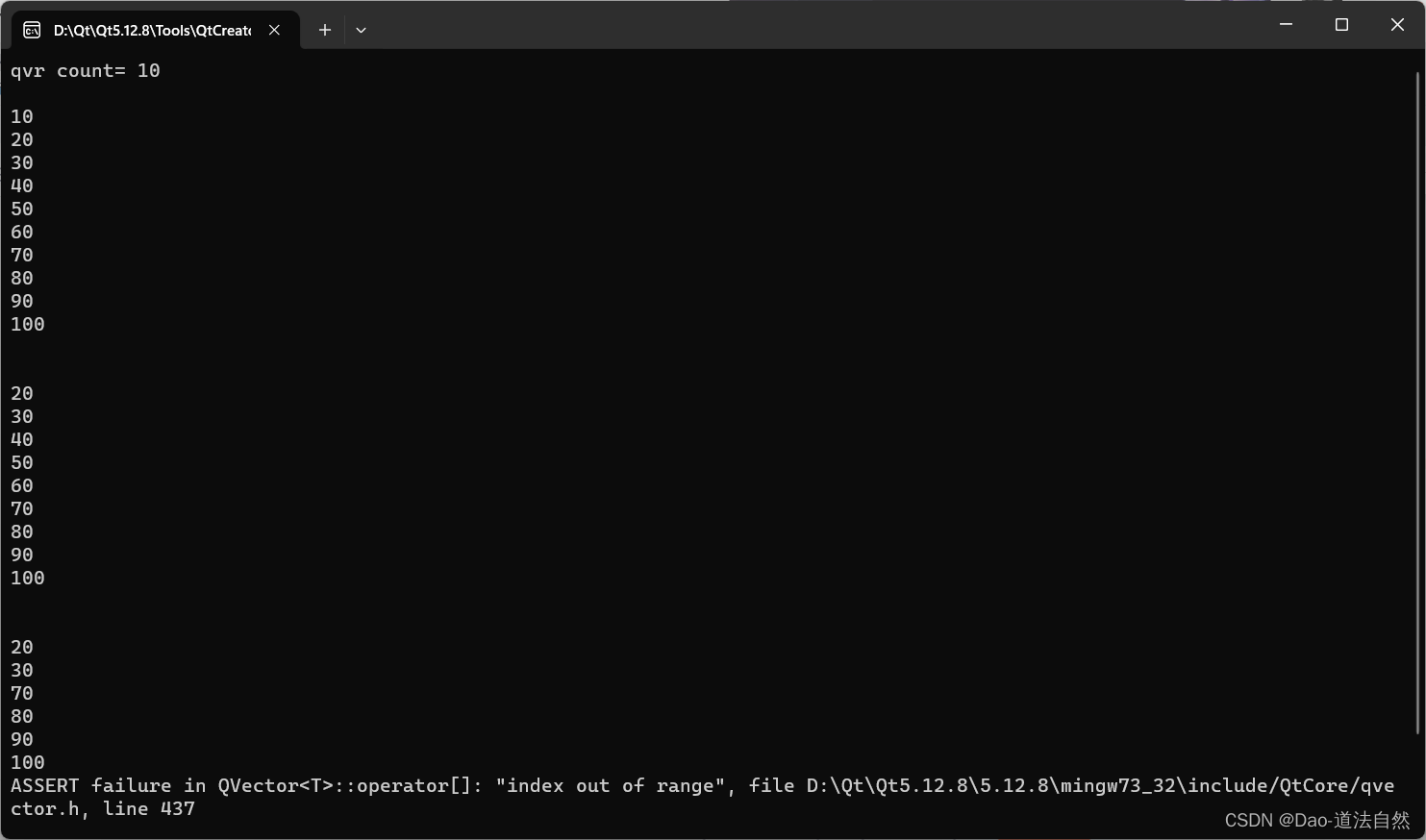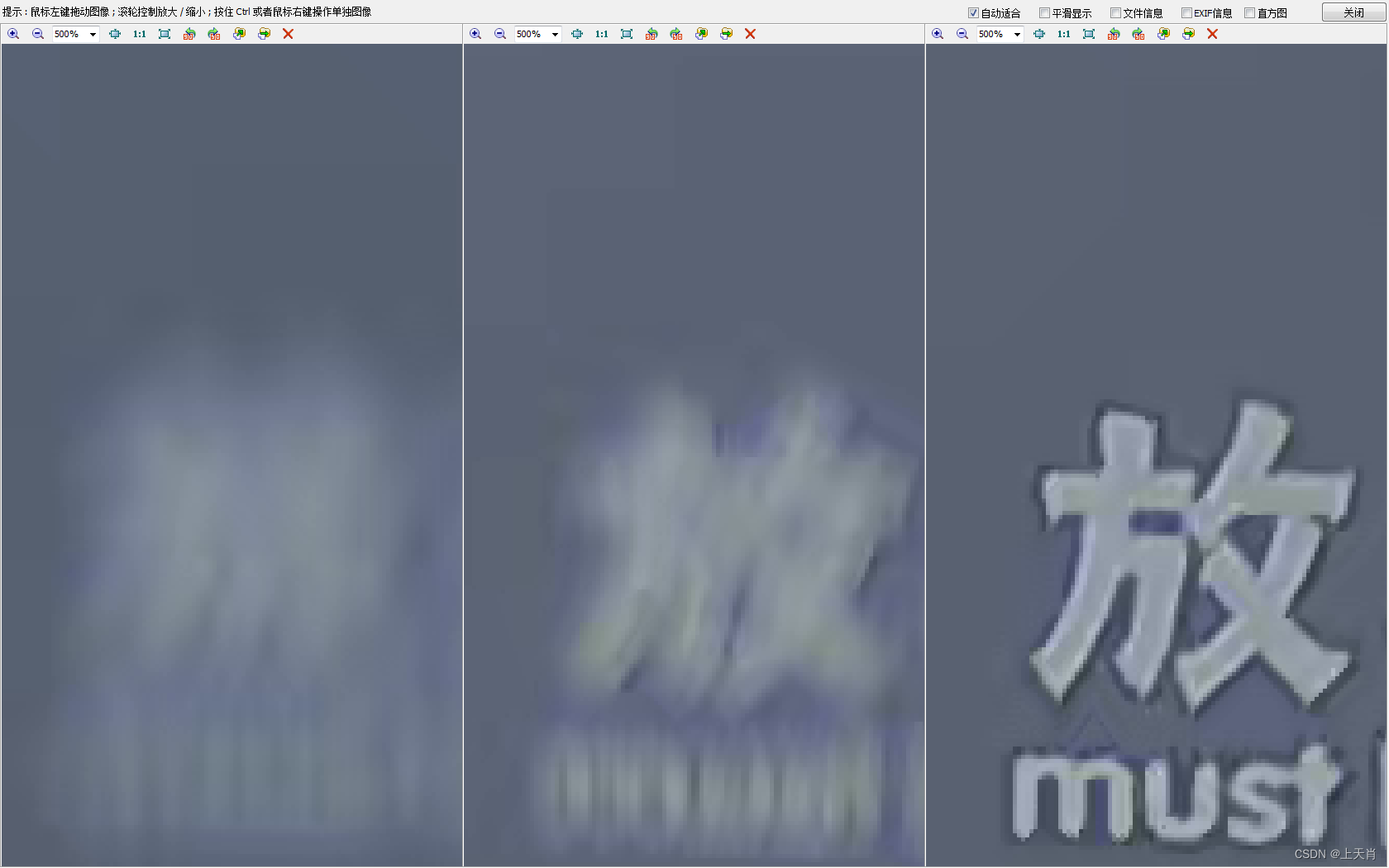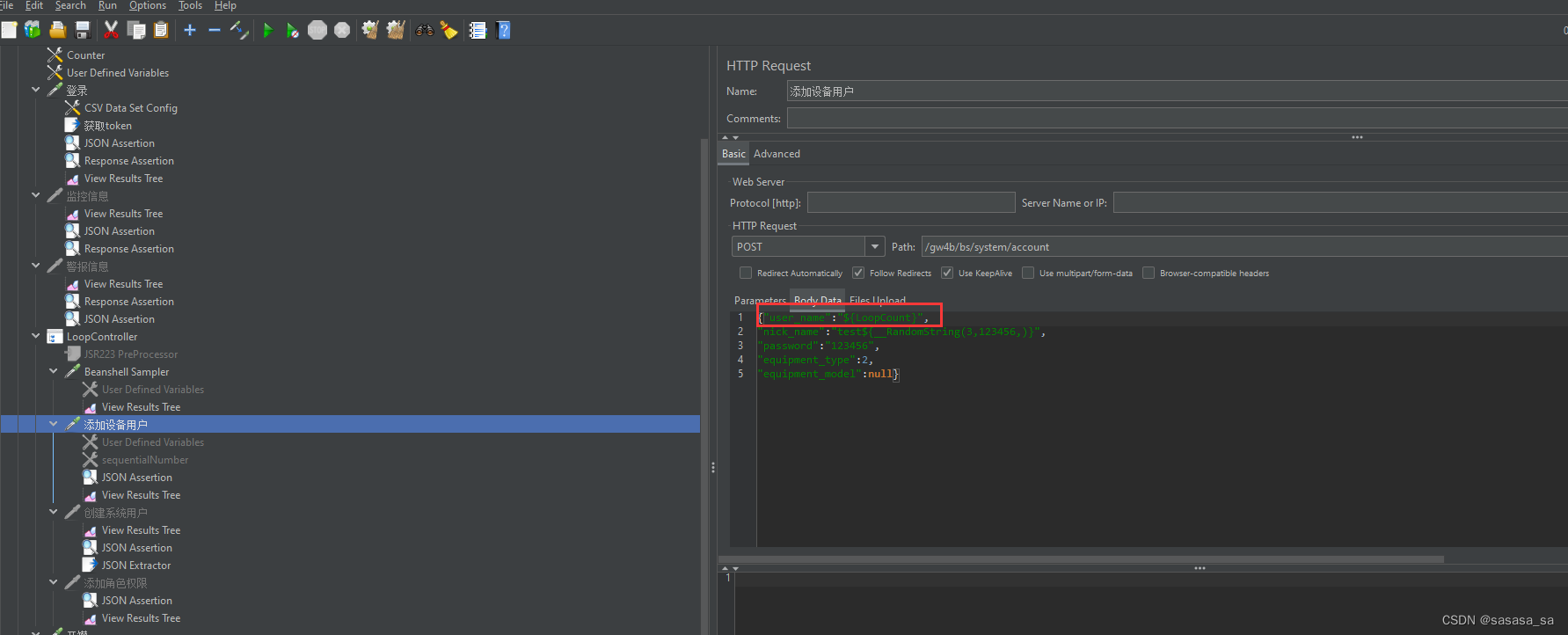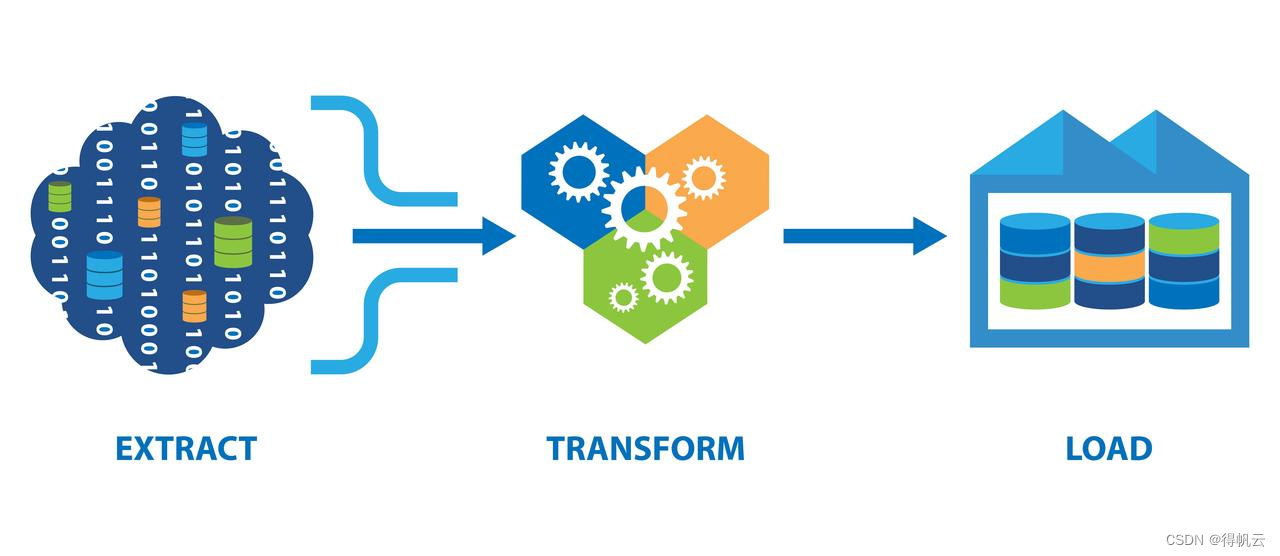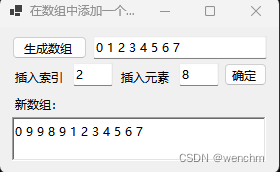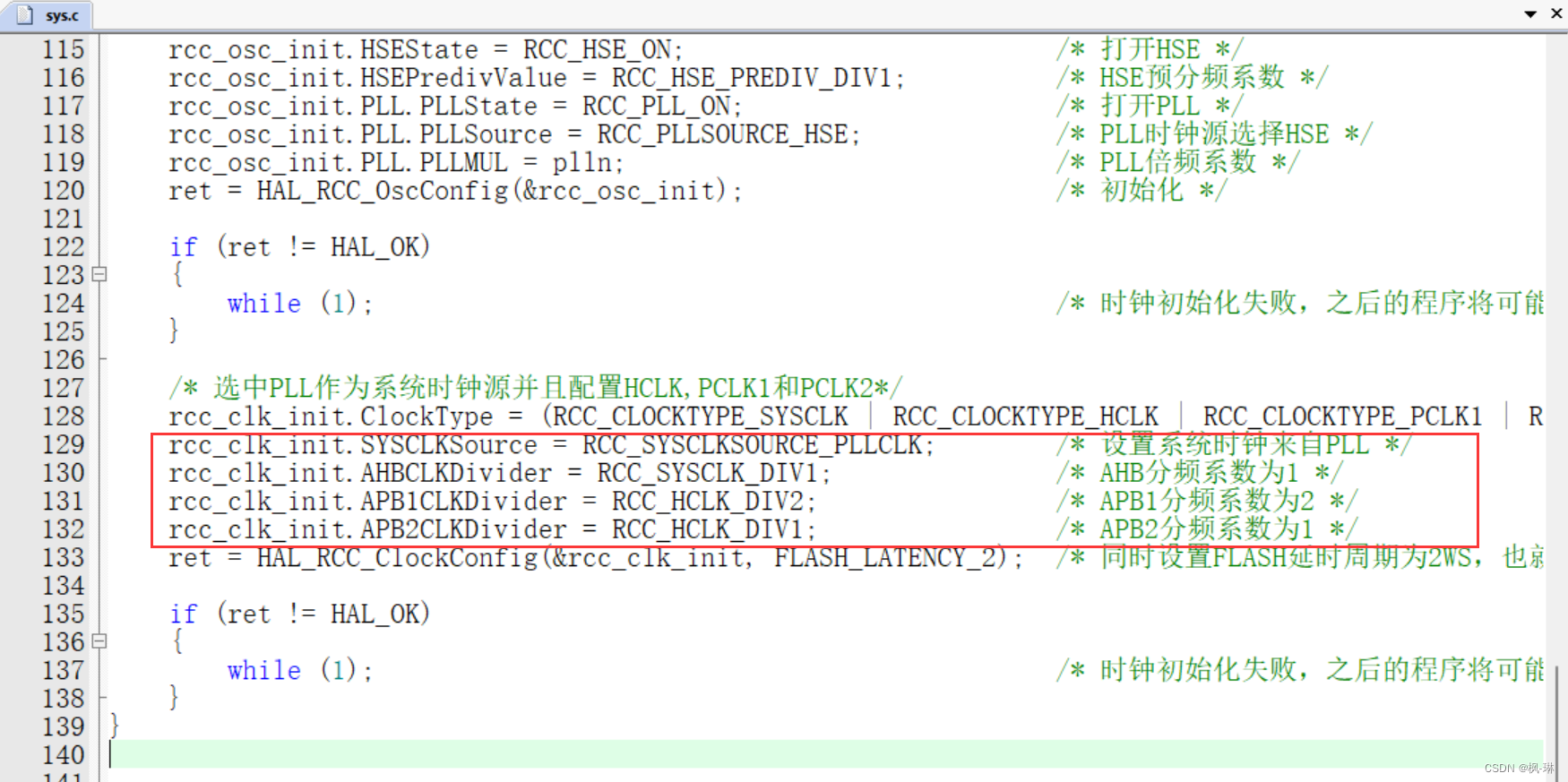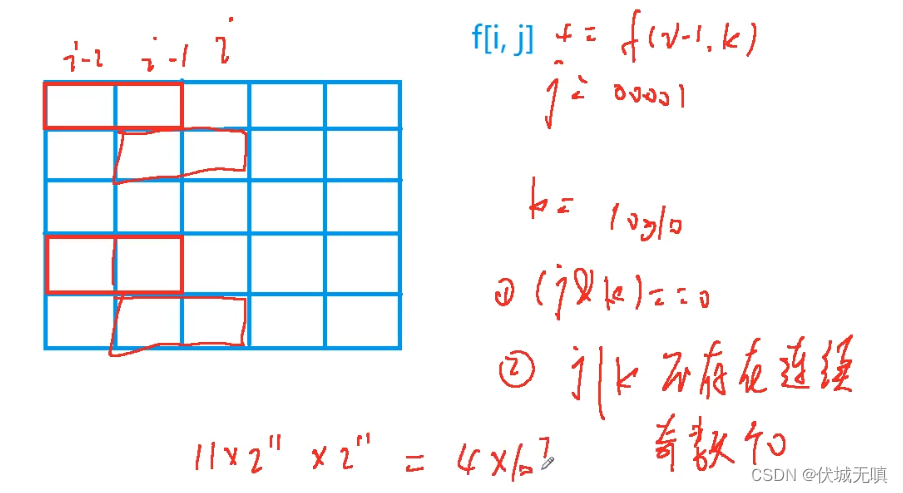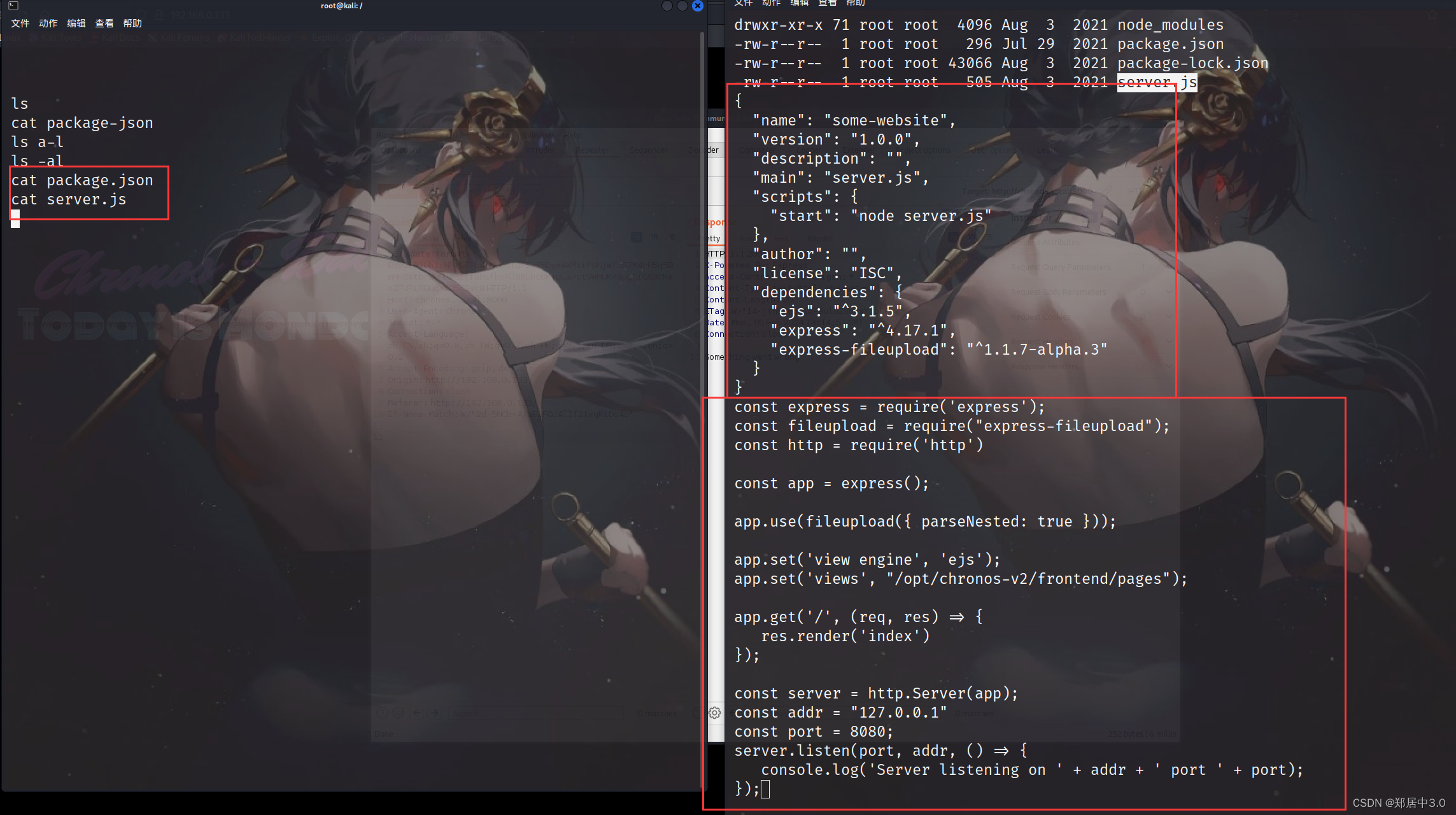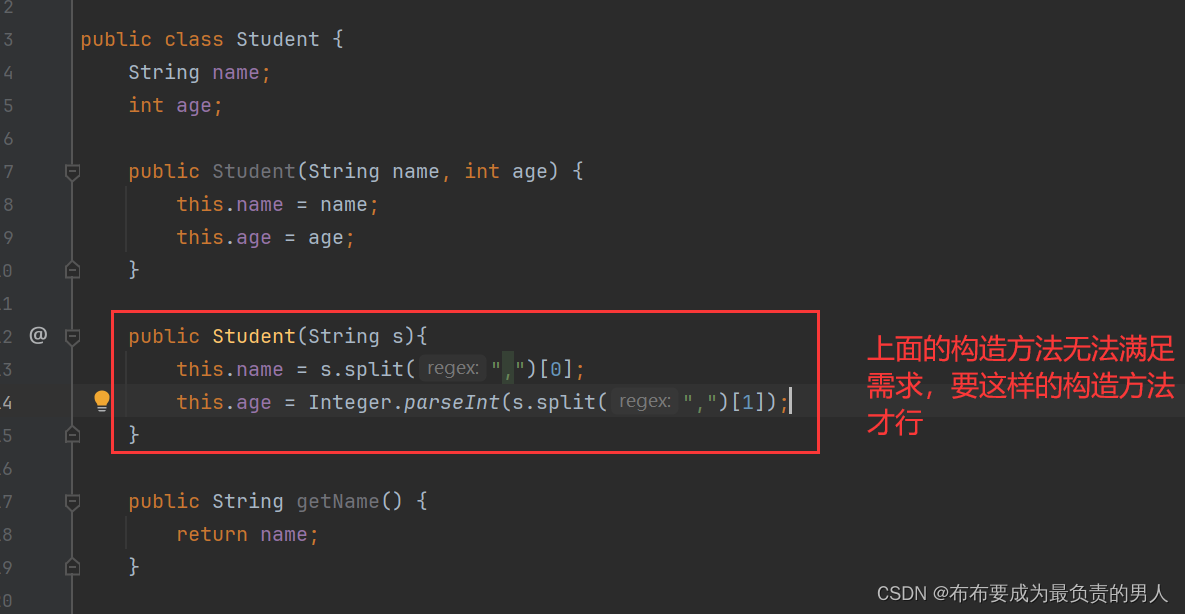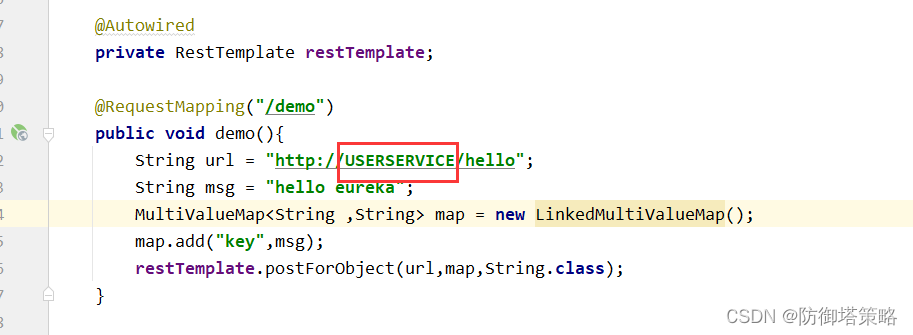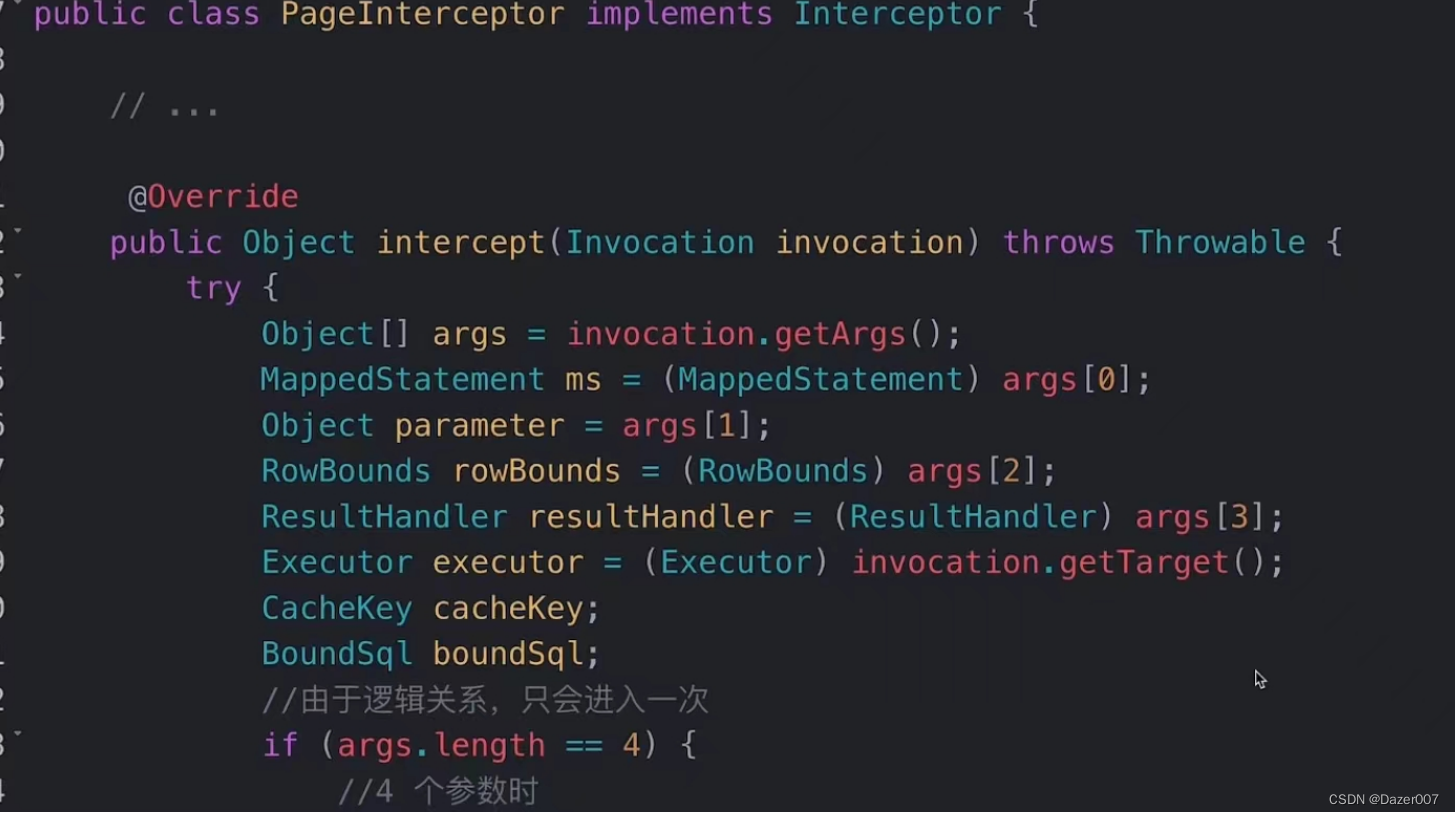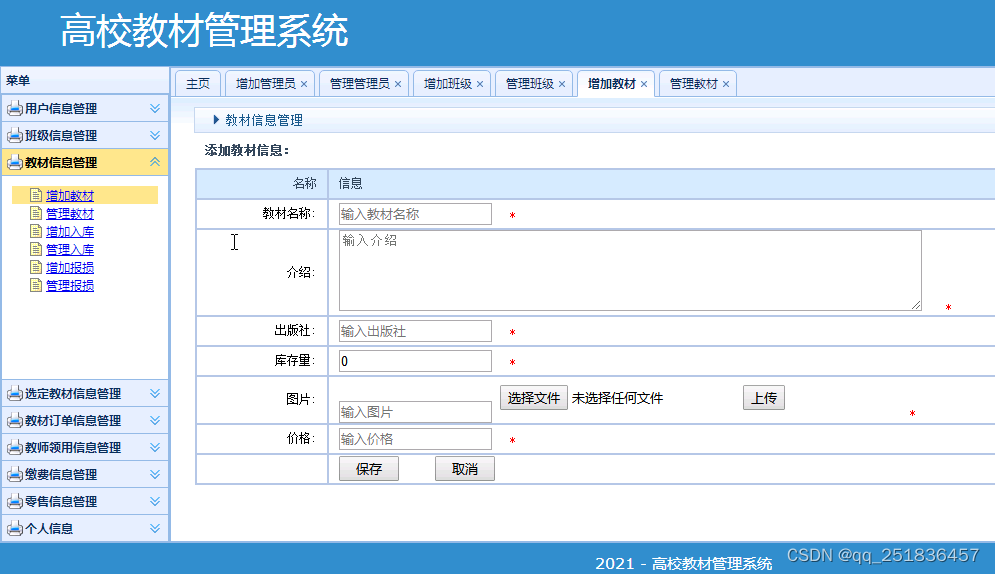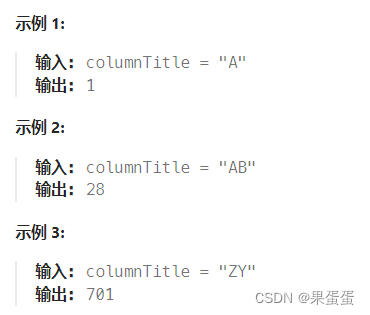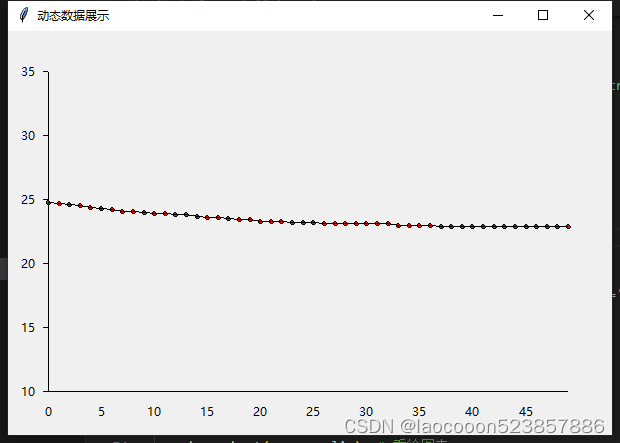目录
QMap类
QHash类
QVector类
QMap类
QMap<key,T>提供一个从类型为Key的键到类型为T的值的映射。通常,QMap存储的数据形式是一个键对应一个值,并且按照键Key的次序存储数据。为了能够支持一键多值的情况,QMap提供QMap<key,T>::insertMulti()和QMap<key,T>::values()函数。QMultiMap类来实例化一个QMap对象
#include <QCoreApplication>
#include <QDebug>
int main(int argc, char *argv[])
{
QCoreApplication a(argc, argv);
//QMap类
//1.创建QMap示例,第一个参数为QString类型的键,第二个参数为int类型的值
QMap<QString,int> qmap;
// 插入数据信息,他有两种方式操作
qmap["Chinese"]=119;
qmap["English"]=120;
qmap.insert("Math",115);
qmap.insert("Physics",99);
qmap.insert("Chemistry",100);
qDebug()<<qmap;
// 删除数据信息key键
qmap.remove("Chemistry");
qDebug()<<qmap<<endl;
// 遍历QMap类的示例,数据信息
// 1.迭代器(java类型的迭代操作) QMapIterator是Qt框架中用于迭代QMap的迭代器类,它提供了遍历QMap中键值对的功能
QMapIterator<QString,int> itr(qmap);
while(itr.hasNext()) // 在while循环中,使用hasNext()函数检查是否还有下一个键值对待迭代。
{
itr.next(); // 调用next()函数将迭代器移动到下一个键值对,并可以通过key()和value()函数获取当前键和值的信息。
qDebug()<<itr.key()<<": "<<itr.value();
}
qDebug()<<endl;
// 2.STL类型的迭代 QMap<QString, int>::const_iterator是QMap的常量迭代器类型,用于遍历QMap中的键值对。
QMap<QString,int>::const_iterator stritr=qmap.constBegin(); // 通过调用constBegin()函数获取QMap的起始迭代器,并将其赋值给stritr。
while(stritr!=qmap.constEnd()) // 在while循环中,使用stritr != qmap.constEnd() 条件判断是否还有下一个键值对待迭代。
{
qDebug()<<stritr.key()<<":"<<stritr.value();
stritr++;
}
// Key键/T键-->来查找
qDebug()<<endl;
qDebug()<<"key-->T:"<<qmap.value("Math");
qDebug()<<"T-->key:"<<qmap.key(99)<<endl;
// 修改键值
// 一个键对应一个值,再次调用insert()函数将覆盖之前的值
qmap.insert("Math",118);
qDebug()<<qmap.value("Math");
// 查询是否包含某个键
qDebug()<<endl;
qDebug()<<"result="<<qmap.contains("Chinese");
qDebug()<<"result="<<qmap.contains("Chemistry");
// 输出所有QMap实例化:Key键和T值
qDebug()<<endl;
QList<QString> aKeys=qmap.keys();
qDebug()<<aKeys;
QList<int> aValues=qmap.values();
qDebug()<<aValues;
// 一个键对应多个值
// 直接使用QMultiMap类来实例化一个QMap对象
qDebug()<<endl;
QMultiMap<QString,QString> mulmap;
mulmap.insert("student","no");
mulmap.insert("student","name");
mulmap.insert("student","sex");
mulmap.insert("student","age");
mulmap.insert("student","high");
mulmap.insert("student","weight");
qDebug()<<mulmap; // 从输出结果可以看出mulmap仍然是一个QMap对象
return a.exec();
}结果如下:

QHash类
QHash<Key,T>具有与QMap几乎完全相同的API。QHash维护者一张哈希表(Hash Table),哈希表的大小与QHash的数据项的数据相适应。QHash以任意的顺序组织它的数据,当存储数据的顺序无关紧要时,建议使用QHash作为存放数据的容器。
#include <QCoreApplication>
#include <QDebug>
int main(int argc, char *argv[])
{
QCoreApplication a(argc, argv);
QHash<QString,int> qhash;
qhash["key 1"] = 3;
qhash["key 2"] = 8;
qhash["key 3"] = 4;
qhash["key 4"] = 2;
qhash.insert("key 3",30);
QList<QString> list=qhash.keys();
for(int i=0;i<list.length();i++)
qDebug()<<list[i]<<","<<qhash.value(list[i]);
// QHash内部的迭代器QHashIterator类
qDebug()<<endl;
QHash<QString,int> hash;
hash["key 1"]=33;
hash["key 2"]=44;
hash["key 3"]=55;
hash["key 4"]=66;
hash.insert("key 3",100);
QHash<QString,int>::const_iterator iterator;
for(iterator=hash.begin();iterator!=hash.end();iterator++)
qDebug()<<iterator.key()<<"-->"<<iterator.value();
return a.exec();
}
结果如下:
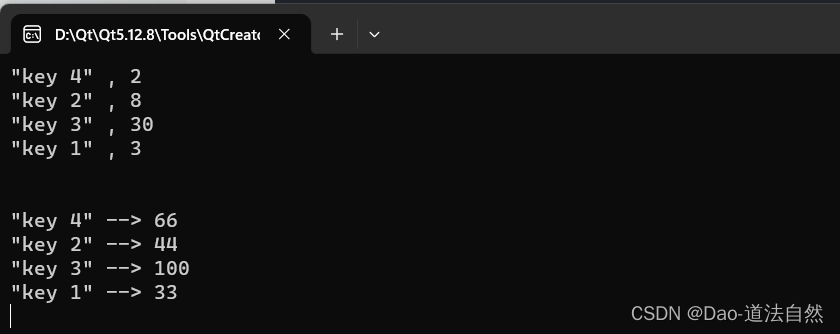
QMap 与 QHash 区别:
- QHash 与 QMap 的功能差不多,但 QHash 的查找速度更快
- QMap 是按照键的顺序存储数据,而QHash 是任意顺序存储的
- QMap的键必须提供 "<" 运算符,而QHash的键必须提供”==“运算符和一个名为qhash()的全局散列函数
QVector类
QVector<T>在相邻的内存当中存储给定数据类型T的一组数值,在一个QVector的前部或者中间位置进行插入操作的速度是很慢的,这是因为这样的操作将导致内存中大量数据被移动,这是由QVector存储数据的方式决定的。
#include <QCoreApplication>
#include <QDebug>
int main(int argc, char *argv[])
{
QCoreApplication a(argc, argv);
// QVector<T>是Qt的一个容器类
QVector<int> qvr;
// 第一种赋值方式
qvr<<10;
qvr<<20;
qvr<<30;
qvr<<40;
// 第二种赋值方式
qvr.append(50);
qvr.append(60);
qvr.append(70);
qvr.append(80);
qvr.append(90);
qvr.append(100);
qDebug()<<"qvr count="<<qvr.count()<<endl;
// 遍历所有元素
for(int i=0;i<qvr.count();i++)
qDebug()<<qvr[i];
// 删除qvr容器里面的元素
qDebug()<<endl;
qvr.remove(0); // 删除第0个元素
for(int i=0;i<qvr.count();i++)
qDebug()<<qvr[i];
qvr.remove(2,3); // 从第二个元素开始,删除后面3个元素
qDebug()<<endl;
for(int i=0;qvr.count();i++)
qDebug()<<qvr[i];
// 判断容器是否包含某个元素
qDebug()<<endl;
qDebug()<<"result="<<qvr.contains(90);
qDebug()<<"result="<<qvr.contains(901)<<endl;
return a.exec();
}
结果如下:
